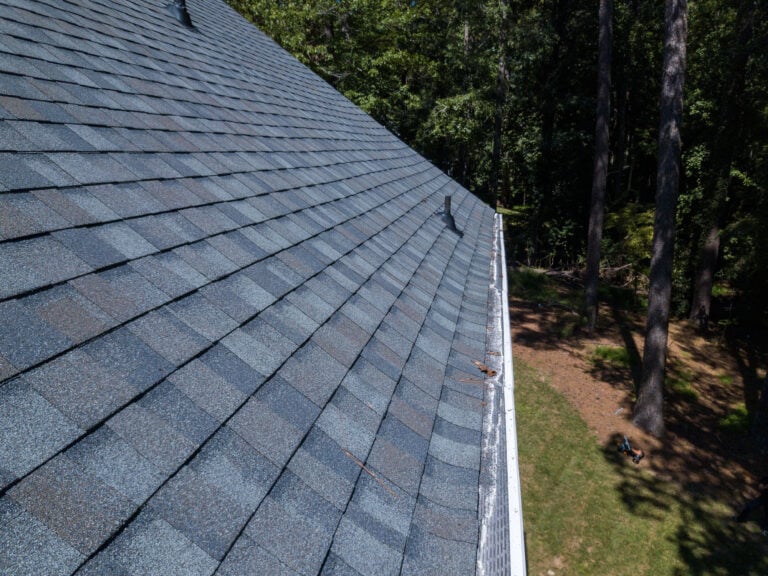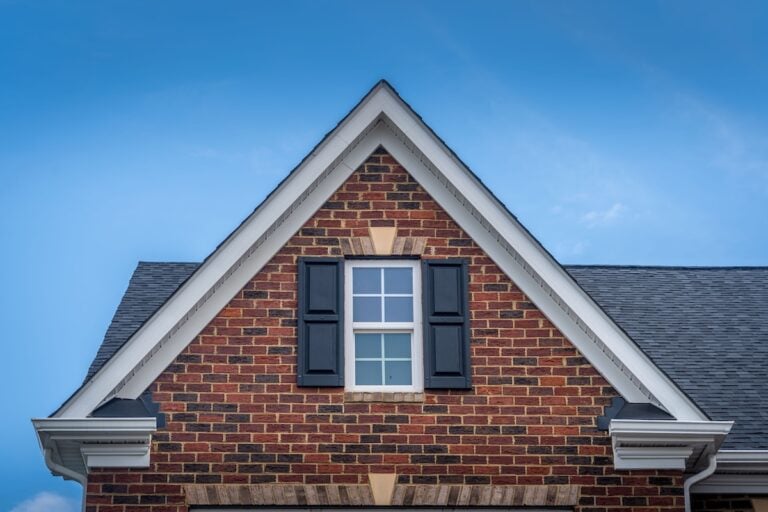Weathering a storm can be a daunting experience, especially when it leaves behind a trail of destruction. From fallen trees to damaged roofs, the aftermath often necessitates filing a storm damage insurance claim. This blog post aims to demystify the process, giving you a clear roadmap to ensure your home is restored swiftly and efficiently. We’ll cover:
- What your insurance company will and won’t cover
- Tips for filing claims
- How to find a qualified roofing contractor for roof repairs
Understanding Your Insurance Policy

Home insurance generally covers losses and damages to your property due to unforeseen events, including storms. However, the specific scope of coverage can vary widely among policies. Here’s a rundown of the usual inclusions:
- Dwelling Protection: Covers damage to the structure of your home.
- Personal Property Protection: Covers the contents inside your home.
- Additional Living Expenses (ALE): Covers the cost of temporary housing if your home is uninhabitable.
Reviewing Storm Damage Coverage
It’s crucial to understand how your policy handles storm damage. Most standard policies cover damage from wind, hail, and lightning. However, flooding and earthquakes often require additional coverage. Regularly reviewing your policy can help you identify gaps and ensure you’re adequately protected.
Common Exclusions
Insurance policies typically come with exclusions that homeowners should be aware of. Common exclusions include:
- Flood Damage: Usually requires a separate flood insurance policy.
- Earthquake Damage: Often excluded unless you have earthquake insurance.
- Wear and Tear: Routine maintenance issues are not covered.
Immediate Steps After Storm Damage
Time is of the essence, when it comes to storm damage repairs. Take care of your roof until a professional can, by following these steps:
- Safety First: Before assessing the damage, ensure your safety and that of your family. Look out for hazards like downed power lines, gas leaks, and structural damage.
- Documentation Is Key: Documenting the damage is essential for a smooth claims process. Use your smartphone or camera to take photos and videos of all affected areas. Make a detailed list of damaged items, including their approximate value.
- Temporary Repairs: Perform temporary repairs to prevent further damage. Cover broken windows or roof holes with tarps, but avoid making permanent repairs until after the adjuster’s inspection.
Filing Your Insurance Claim

Take care of your home by filing an insurance claim the right way! We’re here to talk you through each step of the process.
📞 Contacting Your Insurance Company
Notify your insurance company as soon as possible. Most insurers have a 24/7 claims hotline you can call. Be prepared to provide basic information about the damage and your policy number.
📄 Providing Necessary Documentation
Submit all photos, videos, and lists of damaged items to support your claim. Keep copies of all documentation for your records.
🧠 Understanding the Claims Process
The process typically involves:
- Initial Contact: Reporting the claim to your insurance company.
- Inspection: An adjuster will assess the damage.
- Estimate: The adjuster provides an estimate for repairs.
- Approval: The insurance company reviews and approves the estimate.
- Payment: The insurer issues payment based on the approved estimate.
Working with Adjusters
An adjuster’s role is to assess the damage and provide an estimate for repairs. They will inspect both the exterior and interior of your home, taking notes and photographs.
How to Communicate Effectively
- Be Present: Make sure you are present during the inspection to point out all areas of damage.
- Keep Records: Document all communications with the adjuster, including dates and times.
- Ask Questions: Don’t hesitate to ask for clarification on any part of the process or the estimate.
Tips for a Smooth Adjustment Process
- Provide Detailed Information: The more details you provide, the more accurate the estimate will be.
- Be Honest: Misrepresenting the extent of damage can lead to claim denial.
- Follow Up: Regularly follow up with the adjuster and your insurance company to keep the process moving.
Repair and Restoration

Let’s get your roof back into working order!
Choosing Contractors
Selecting the right contractor is crucial for quality repairs. Here are some tips:
- Get Multiple Estimates: Obtain quotes from at least three contractors.
- Check Credentials: Ensure the contractors are licensed, insured, and have good reviews.
- Verify Experience: Choose contractors experienced in storm damage repairs.
Monitoring Repairs
Stay involved throughout the repair process:
- Regular Check-ins: Visit the site regularly to monitor progress.
- Quality Assurance: Ensure that the work meets your expectations and industry standards.
- Final Inspection: Conduct a thorough inspection before making the final payment.
Finalizing Your Claim
Once repairs are complete, submit all receipts and documentation to your insurance company to finalize the claim. Ensure that all payments from the insurer are received and properly allocated.
Preventive Measures for the Future
Once you go through the repair process, you’ll likely want to do everything you can to avoid storm damage in the future. The key? Maintenance!
Home Maintenance Tips
Regular maintenance can minimize the impact of future storms:
- Roof Inspections: Regularly check for loose or damaged shingles.
- Tree Trimming: Keep trees around your home trimmed to prevent branches from falling.
- Gutter Cleaning: Ensure gutters are clean and functioning to prevent water damage.
Updating Your Insurance Policy
- Review Coverage: Regularly review your policy to ensure it meets your needs.
- Add Endorsements: Consider adding endorsements for flood or earthquake damage if you’re in a high-risk area.
- Increase Coverage Limits: Adjust coverage limits as needed to reflect the current value of your home and belongings.
Help For Your Storm Damage Insurance Claims
Navigating through the storm damage insurance claim process can be challenging, but being well-informed makes it manageable. Remember, prevention is better than cure. Regular home maintenance and staying updated with your insurance coverage can go a long way in protecting your home from future storms.
If you have any questions or need assistance in managing your storm damage insurance claim, don’t hesitate to reach out to our team of experts at Palladium Roofing. Learn more and ensure your home is always protected.





